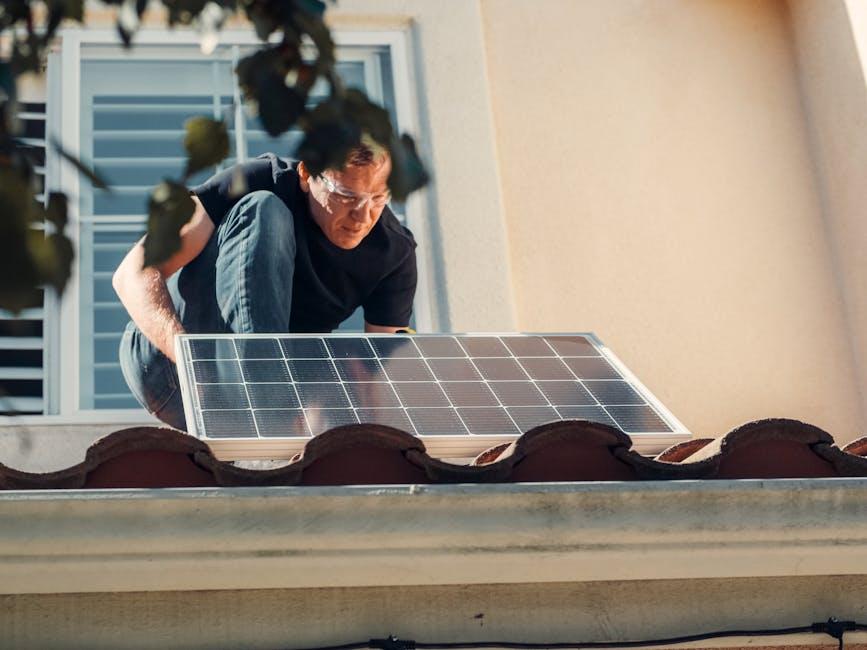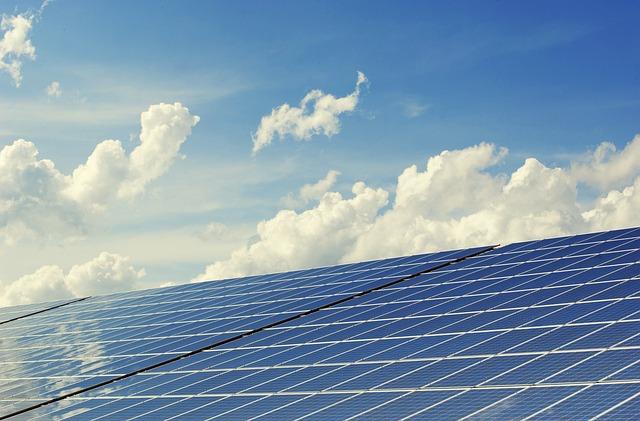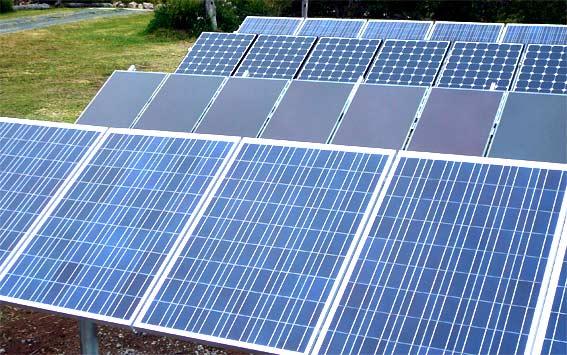In a world increasingly driven by the pursuit of sustainable energy solutions, solar panels have emerged as a beacon of hope, promising to transform the sun’s abundant rays into clean electricity. Yet, as consumers and environmental enthusiasts alike rally behind this shimmering technology, a question arises beneath the glossy surface: Are the efficiency claims made by solar panel manufacturers too good to be true? This article embarks on a journey to unravel the truth behind these assertions, examining whether the sun’s promise is as bright as it seems or if shadows of exaggeration loom over the solar industry. Join us as we delve into the intricate dance of numbers and innovation, exploring the fine line between ambition and reality in the quest for a greener future.
Scrutinizing Manufacturer Promises in Solar Panel Performance
In the realm of renewable energy, solar panels stand as a beacon of hope for sustainable living. However, the marketing claims made by manufacturers often paint a picture that might be a shade too bright. Efficiency ratings touted in promotional materials frequently highlight ideal conditions, which rarely reflect real-world environments. As consumers, it’s crucial to dig beneath the surface and understand the underlying assumptions of these claims. Temperature fluctuations, shade impacts, and geographical location can all drastically affect the actual efficiency of solar panels.
- Temperature Coefficient: Efficiency tends to drop as temperatures rise, yet this is often downplayed in brochures.
- Testing Conditions: Many claims are based on laboratory settings with controlled lighting, which are rarely replicated in everyday use.
- Degradation Rate: Over time, all solar panels lose efficiency, a factor that is sometimes glossed over in marketing materials.
While these insights should not deter investment in solar technology, they underscore the importance of informed purchasing decisions. Prospective buyers should consider a range of products and scrutinize claims to ensure they are grounded in reality. By doing so, consumers can better align their expectations with the true capabilities of their chosen solar solutions.

The Science Behind Solar Efficiency Metrics
At the heart of understanding solar panel efficiency lies a complex web of scientific principles and engineering marvels. Solar efficiency metrics primarily revolve around the ability of a solar panel to convert sunlight into usable electricity. Photovoltaic (PV) cells, the cornerstone of solar panels, are made from semiconductor materials, typically silicon. When sunlight hits these cells, it excites electrons, creating an electric current. However, the efficiency with which this conversion occurs can vary significantly due to factors such as:
- Material Quality: High-purity silicon cells are more efficient but also more expensive.
- Cell Design: Innovations like multi-junction cells can capture a broader spectrum of sunlight.
- Temperature Coefficient: Efficiency decreases as temperature increases, making cooling mechanisms critical.
- Light Absorption: Anti-reflective coatings and texturing can enhance light capture.
Understanding these metrics is crucial as manufacturers often present optimal conditions that may not reflect real-world scenarios. Thus, while solar panel efficiency claims can appear impressive, they are usually measured under Standard Test Conditions (STC), which are not always representative of actual performance. To accurately assess a panel’s efficiency, it’s important to consider real-world testing results and environmental factors.

Unveiling the Reality: Are Solar Panels as Efficient as Advertised
In the quest for sustainable energy solutions, solar panels have emerged as a popular choice for homeowners and businesses alike. Yet, the question lingers: do these panels deliver on the efficiency claims touted by manufacturers? A closer look reveals a complex reality, influenced by several factors that can significantly impact performance.
- Location and Sunlight Exposure: The efficiency of solar panels is highly dependent on geographic location. Areas with abundant sunlight naturally offer better performance compared to regions with frequent cloud cover.
- Installation and Orientation: Proper installation, including the angle and orientation of the panels, plays a crucial role in maximizing energy capture. Even the most efficient panels can underperform if not optimally positioned.
- Technological Advancements: While manufacturers continue to push the boundaries with innovative technologies, the advertised efficiency rates often reflect ideal conditions, which are rarely met in real-world scenarios.
Understanding these variables helps demystify the efficiency claims, offering a more nuanced perspective on solar panel performance. As consumers, it’s essential to approach these claims with informed skepticism, ensuring expectations align with the practical realities of solar energy utilization.

Guidelines for Making Informed Solar Investments
When diving into the realm of solar investments, it’s crucial to arm yourself with a robust set of guidelines that can help cut through the marketing haze. Manufacturers often highlight peak efficiency rates, which may not always reflect real-world performance. Here’s how to navigate these claims effectively:
- Understand the Testing Conditions: Solar panels are often tested under “Standard Test Conditions” (STC), which may not mirror the environmental conditions of your installation site. Consider looking for data from “Nominal Operating Cell Temperature” (NOCT) tests, which offer a more realistic insight.
- Examine the Degradation Rate: Panels lose efficiency over time. Investigate the degradation rate provided in the warranty to estimate the long-term output.
- Research Independent Reviews: Seek out independent performance reviews and user testimonials that provide an unfiltered view of how the panels perform in diverse conditions.
- Check for Certifications: Ensure that the solar panels have certifications from reputable organizations, indicating they meet specific quality and performance standards.
By adhering to these guidelines, investors can make well-informed decisions, balancing manufacturer claims with tangible performance data, ensuring a sustainable and efficient solar investment.
To Wrap It Up
As the sun dips below the horizon, casting its final glow across solar arrays worldwide, the debate over solar panel efficiency remains illuminated. While manufacturers’ claims may sometimes appear as dazzling as the panels themselves, it’s crucial to navigate these waters with a discerning eye. In a landscape where innovation is as rapid as the changing seasons, understanding the nuances of efficiency claims becomes not just a matter of consumer wisdom but of environmental stewardship. As we stand at the crossroads of technology and sustainability, let us harness not only the power of the sun but also the clarity of informed choice. After all, in the quest for a brighter tomorrow, every ray of truth counts.

































